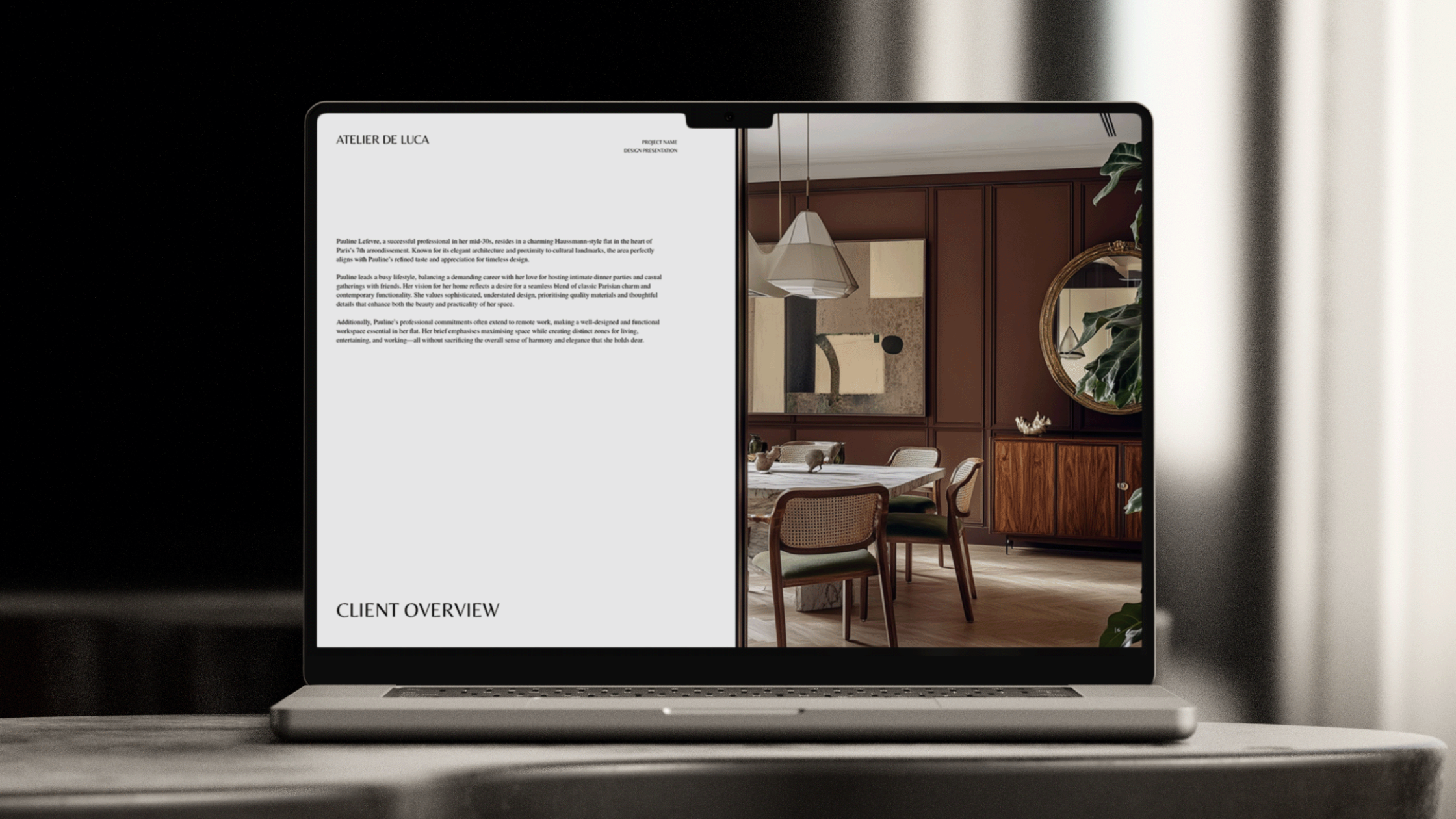The Rules of Engagement: Understanding Interior Design Clients and Managing Expectations

The Rules of Engagement: What Clients Don’t Know (and Why It Matters)
What if client “ghosting” isn’t about disrespect, but about not knowing what to do next?
I’ve worked as both an interior designer and a client. This dual perspective has made one thing clear: the behaviour we sometimes interpret as “difficult” is often something else entirely.
When designers take the time to explain how things work, enquiry conversions improve. Not because of clever branding or perfect wording, but because the client feels safe continuing the conversation.
This isn’t about overexplaining. It’s about removing the friction that comes with uncertainty.
When I Was the One Who Disappeared
Before I worked in interior design, we had just moved to a new town and needed a custom wardrobe built. I didn’t know any local trades. I found a joinery studio on Instagram. The work was beautiful, but the website didn’t mention pricing or process. Still, I reached out and scheduled a visit.
The quote came back. It was well over what I had expected. I sent a polite reply to confirm receipt. But when they followed up days later, I froze.
Should I ask if the scope could be revised?
Would that seem rude?
Was I wasting their time?
While I hesitated, I became the kind of client designers often complain about. The one who disappears without explanation. I wasn’t trying to be difficult. I just didn’t know how the conversation was supposed to continue.
Why Some Clients Go Quiet
It’s easy to assume silence means a lack of interest or respect. But often, clients go quiet because they don’t know what to say. They feel unsure about what’s appropriate, and they don’t want to get it wrong.
When the process isn’t visible, when pricing is unclear, and when next steps aren’t laid out early on, clients are left guessing. Some of them will continue asking questions. Many will quietly retreat. It doesn’t mean they weren’t serious. It just means they didn’t feel equipped to keep going.
How the Investment Guide Changes Things
This is where an Investment Guide can shift everything.
It’s not just a pricing sheet. It’s a way to share how your services work, what’s typically included, and what clients can expect after they reach out. It removes awkwardness and sets the stage for a more thoughtful exchange.
It also gives your prospective clients something they rarely get: a clear way to assess whether this is the right fit, and how to take the next step if it is.
The Client Experience Starts Before the Project Begins
When you explain how things work, you remove the guesswork. You create space for more grounded conversations. You show that your process is considered, not improvised.
And when someone chooses not to move forward, it doesn’t feel personal. Because you know you’ve done your part to lead them well. That’s what the Investment Guide is there for. Not to dress up your services. Not to persuade. But to make it easier for the right people to keep going.
If you’re ready to create a smoother, more intentional experience from the very first enquiry, start with your Investment Guide.
Explore our collection Investment Guide templates.



